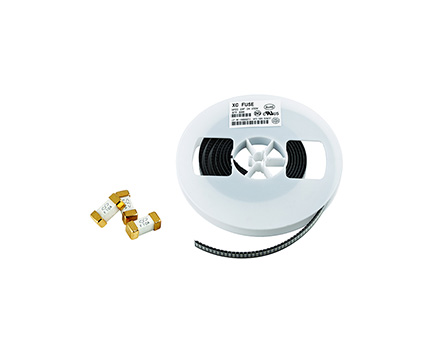
Also known as rated short-circuit capacity, it refers to the maximum current value (AC is the effective value) that a fuse can safely break under rated voltage. It is an important safety pointer for fuses. The code for breaking capacity is Ir.
That is, the time/current characteristic (also known as the ampere second characteristic). There are usually two expression methods, namely I-T diagram and test report. The I-T diagram is a curve formed by connecting the average fusing time coordinate points of fuses under different current loads in a coordinate system composed of load current as the x coordinate and fusing time as the y coordinate. Each model and specification of fuse has a corresponding curve that represents its fusing characteristics. This curve can be used as a reference when selecting fuses. A test report is a record of test data conducted in accordance with standard requirements for testing projects. Our I-T chart and test report are both based on the data measured under experimental conditions, and there may be differences in the curve or test report under actual usage conditions. Therefore, the test report provided by our company and the I-T chart are only for reference.
Read recommendations:
2024.10.08 XC Launched New 50A~630A 1000V/1250V High-Speed Square body Fuse